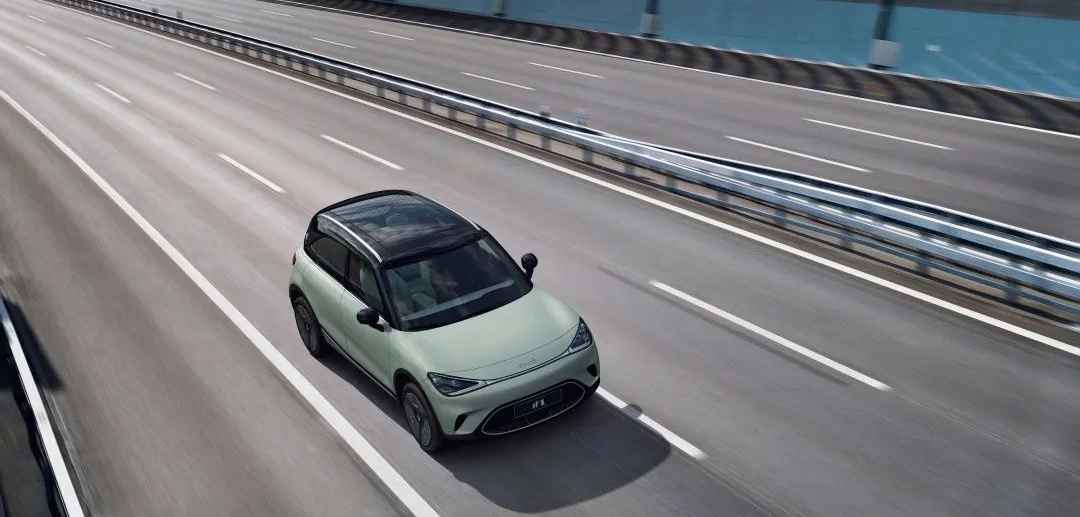Author: Er Chai
25 years ago, on a cool summer day at the Hambach plant in France, the then German Chancellor Kohl and French Prime Minister Chirac joined forces to unveil a brand new manufacturing base for a newly born brand. Later, this manufacturing base became the exclusive factory of the brand, producing over 2.2 million globally popular personalized small cars sold worldwide.
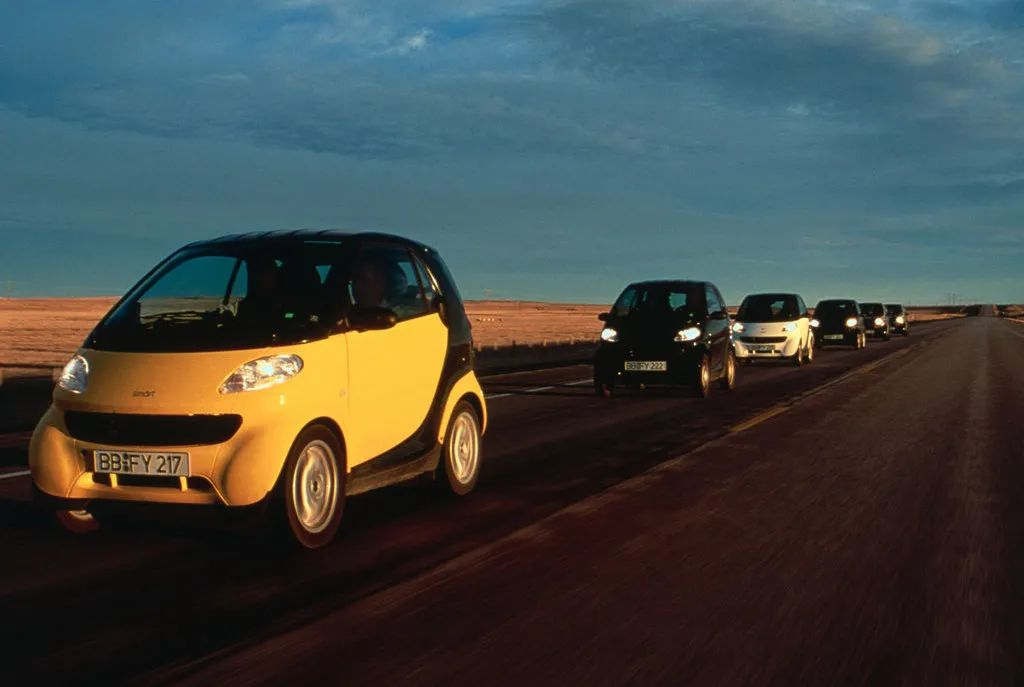
This brand is Smart, and that personalized small car was initially called the smart city coupe, later renamed smart fortwo. At a time when micro electric cars were not as popular as they are now, it, along with the Volkswagen Beetle, MINI, FIAT 500 and several other models, dominated the global personalized car market.
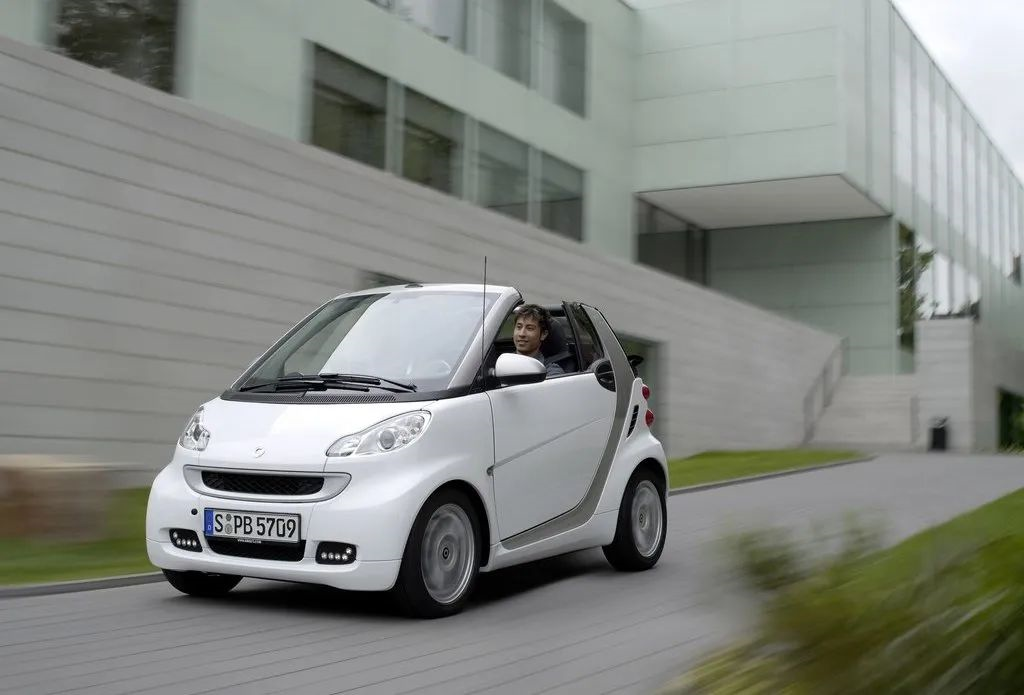
The Smart family has gone through three generations. Since its birth, it was designed to solve the growing problem of urban congestion, and Mercedes-Benz designers gave it a cute and playful appearance, setting off a wave of individual and fashionable driving in developed countries’ cities at that time. After the second-generation Smart fortwo entered China in 2009, it also triggered a wave of “little sister” driving trends and became a synonym for exquisite urban female driving, and the rapidly developing Chinese market became Smart’s third-largest market worldwide.
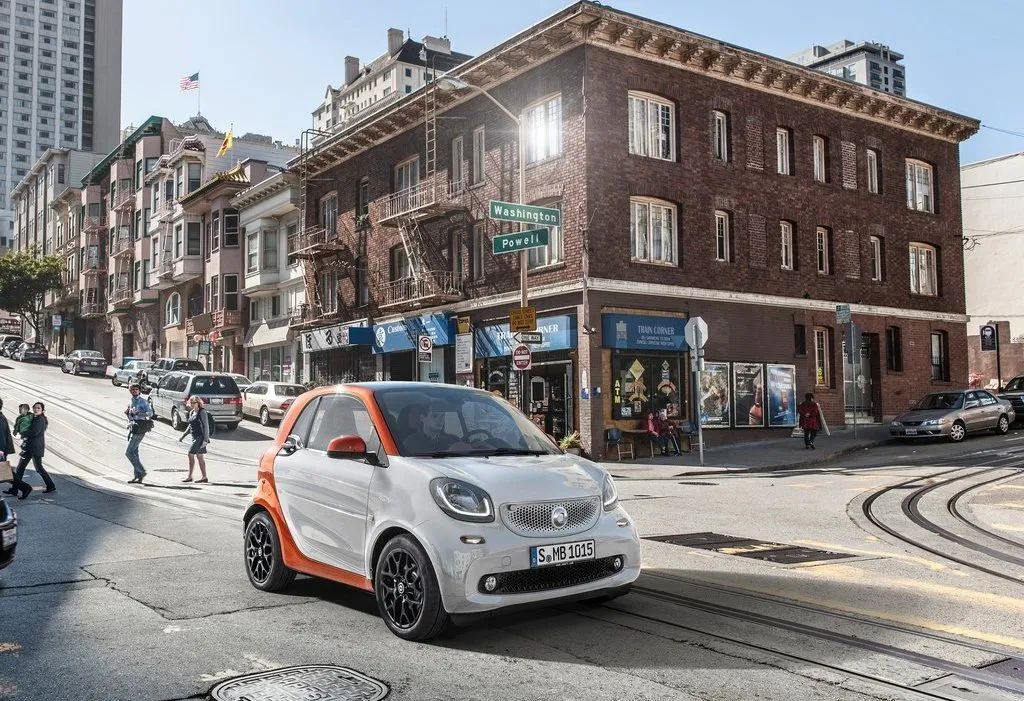
Today, 25 years later, the market for mini fuel cars is gradually being taken over by electric cars, and Smart’s exclusive Hambach plant in France, which once produced more than 2 million Smart models, has also been sold by Daimler. Taking over the relay baton from the Hambach plant in France is the Geely plant located in Xi’an, China.
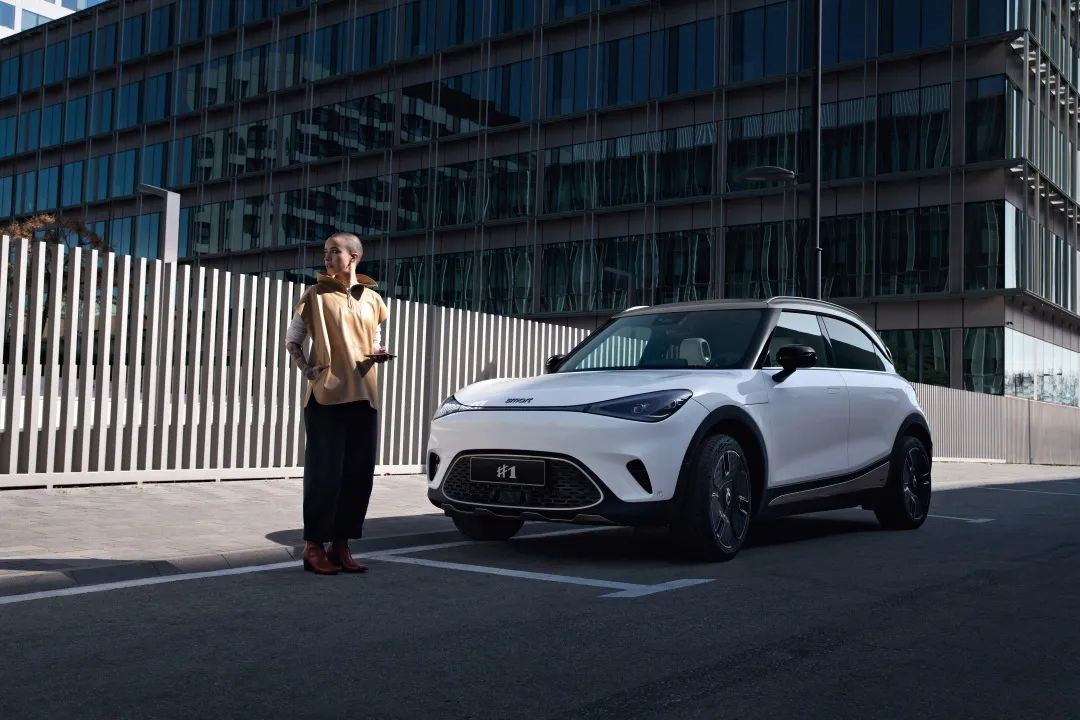
The wheel of history rolled over Geely and Daimler, delivering them and their crystallization of the new century, the electric transformation of the Smart brand, into China. Along with this, there is the brand-new Smart model Elf #1 priced from 190,000 to 230,000 yuan.
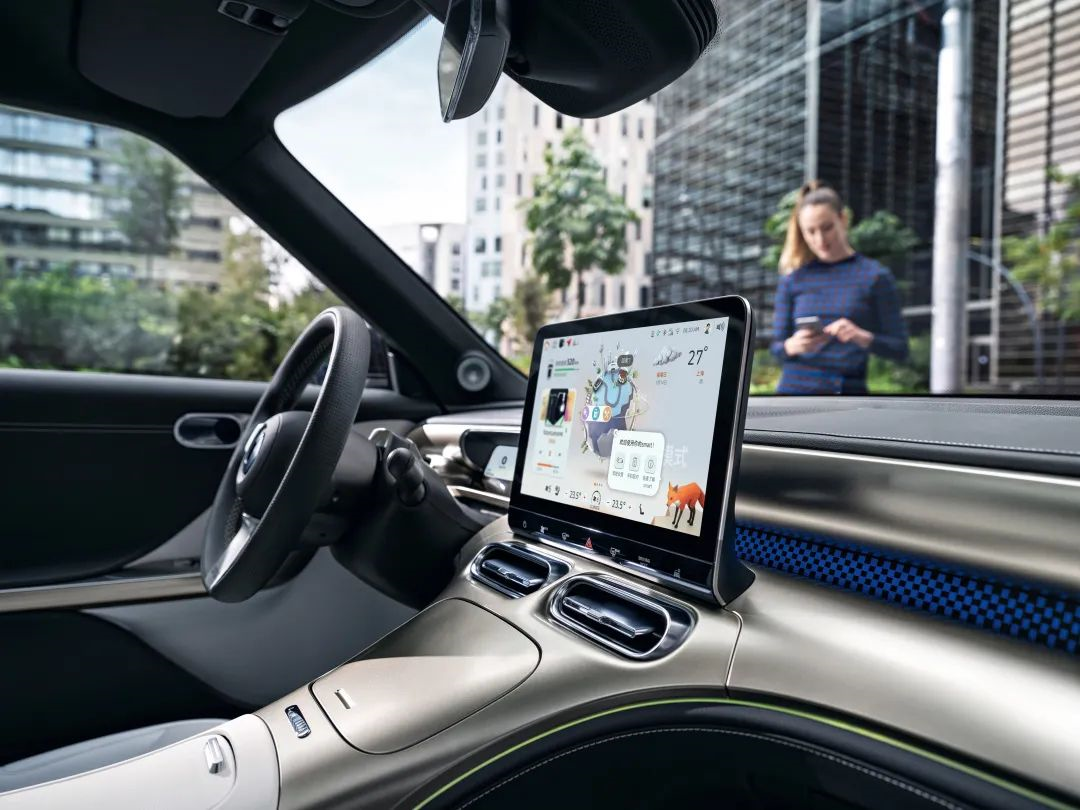 As the first model of the Smart brand created by the joint venture between Daimler and Geely, the Smart EL1 has received a lot of attention. Its background is quite interesting and differs fundamentally from the joint ventures we have seen before. Its exterior design is led by Mercedes-Benz while engineering, development, and production are taken care of by Geely. The vehicle will be produced in the Xi’an plant and sold worldwide. To put it a little imprecisely, Mercedes-Benz is responsible for the face while Geely takes care of the essence. Will this kind of Smart still have its former essence and glory?
As the first model of the Smart brand created by the joint venture between Daimler and Geely, the Smart EL1 has received a lot of attention. Its background is quite interesting and differs fundamentally from the joint ventures we have seen before. Its exterior design is led by Mercedes-Benz while engineering, development, and production are taken care of by Geely. The vehicle will be produced in the Xi’an plant and sold worldwide. To put it a little imprecisely, Mercedes-Benz is responsible for the face while Geely takes care of the essence. Will this kind of Smart still have its former essence and glory?
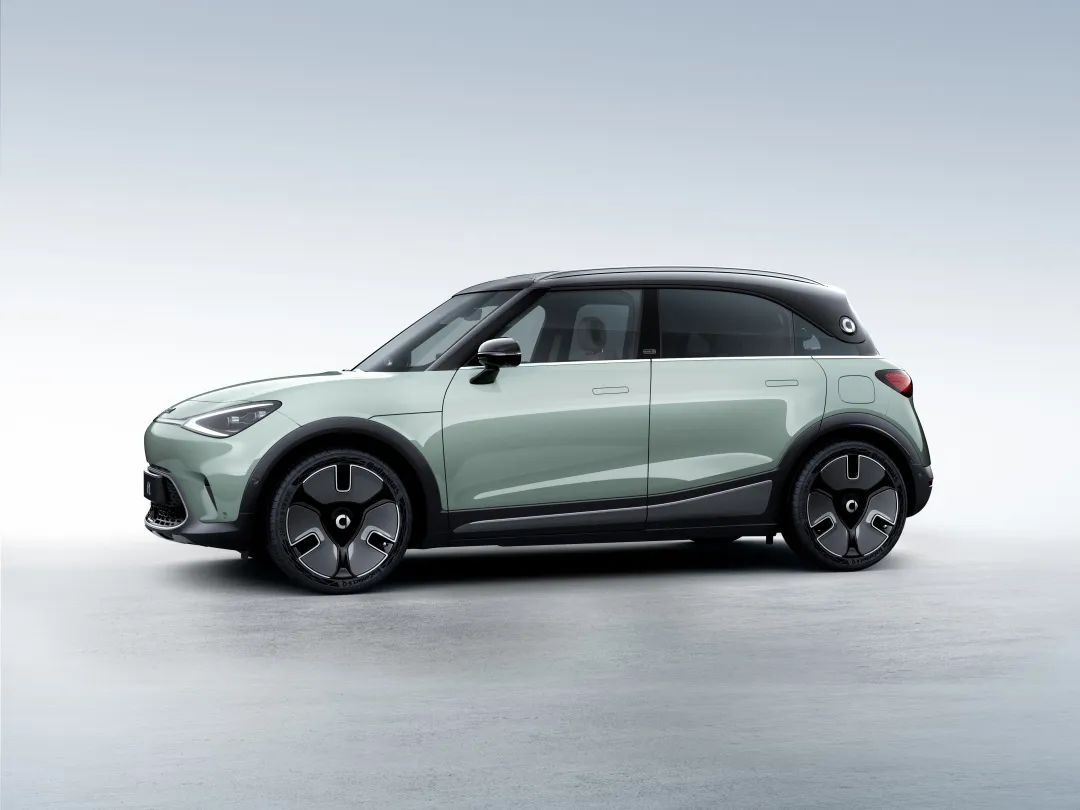
Purely from a design perspective, Smart EL1 feels very different from the rest of the Smart family we’ve seen in the past. This is because it’s too big. The new car is positioned as a compact SUV, compromising the agility and compactness that we’ve come to expect from Smart. It’s now as bloated as the MINI COUNTRYMAN.
If it were still small and classic like other Smart cars, it should look like this.
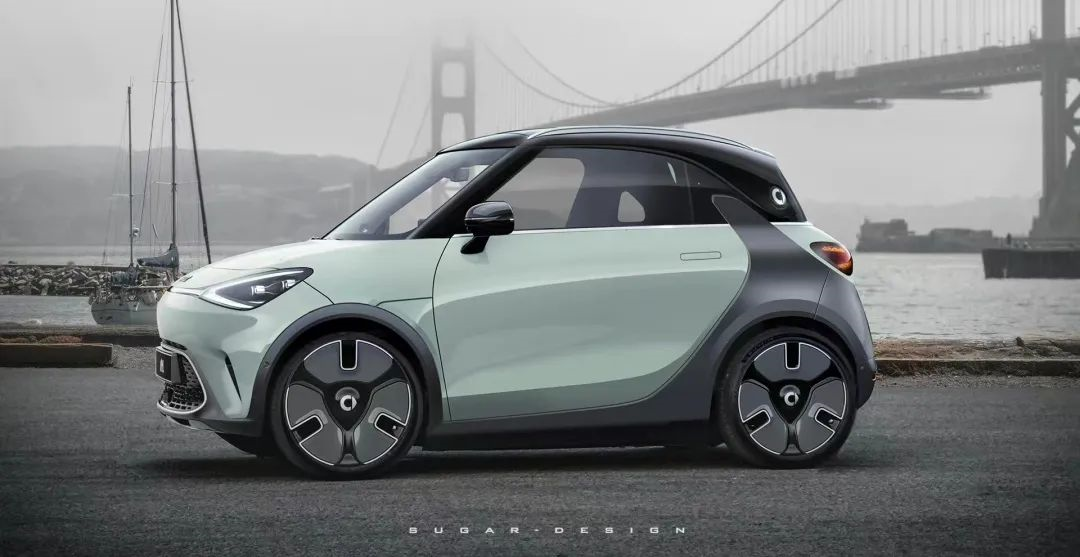
Doesn’t it look much more delicate?
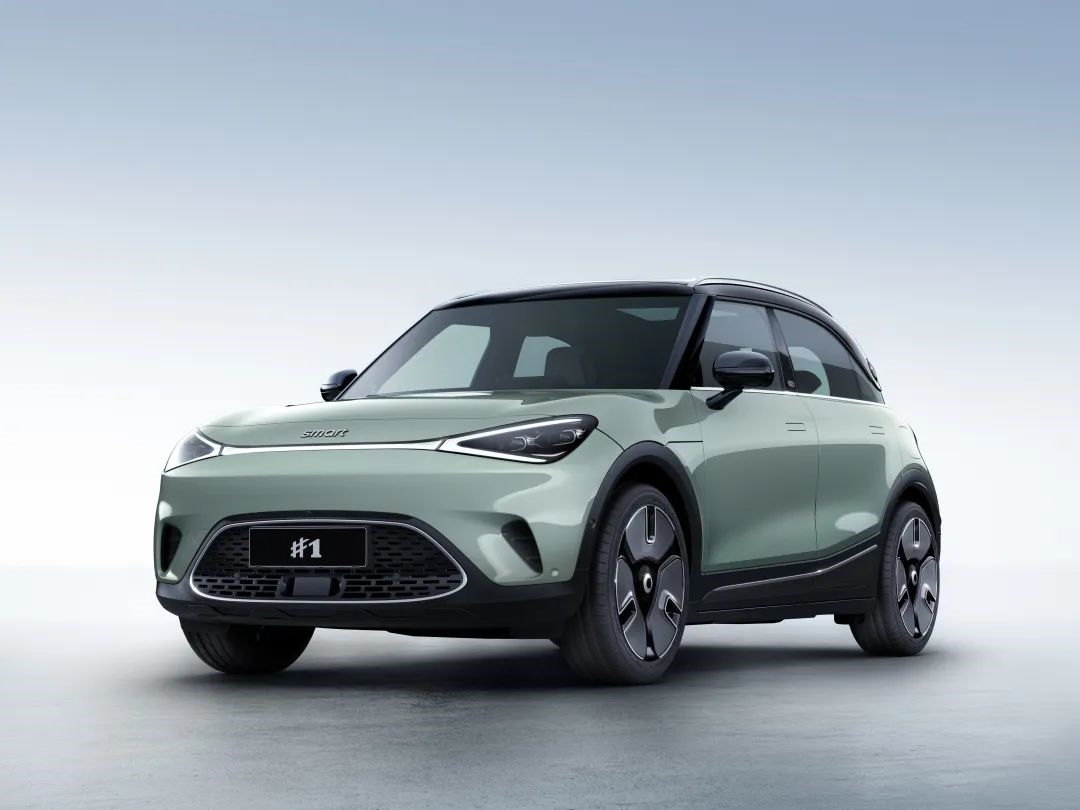
However, the design of the new EL1 still has some notable features. The triangular headlights on both sides of the front of the car are connected by a light strip, making it quite recognizable. There is a relatively large air intake grille underneath, with air inlets on both sides. If it could retain the smiley face design of the second-generation Smart fortwo, I personally think it would better fit its positioning.

Although the body has gotten much larger, the Smart EL1 still emphasizes exquisiteness and fashion, with frameless doors, hidden handles, a floating roof, and optional two-tone body colors available.
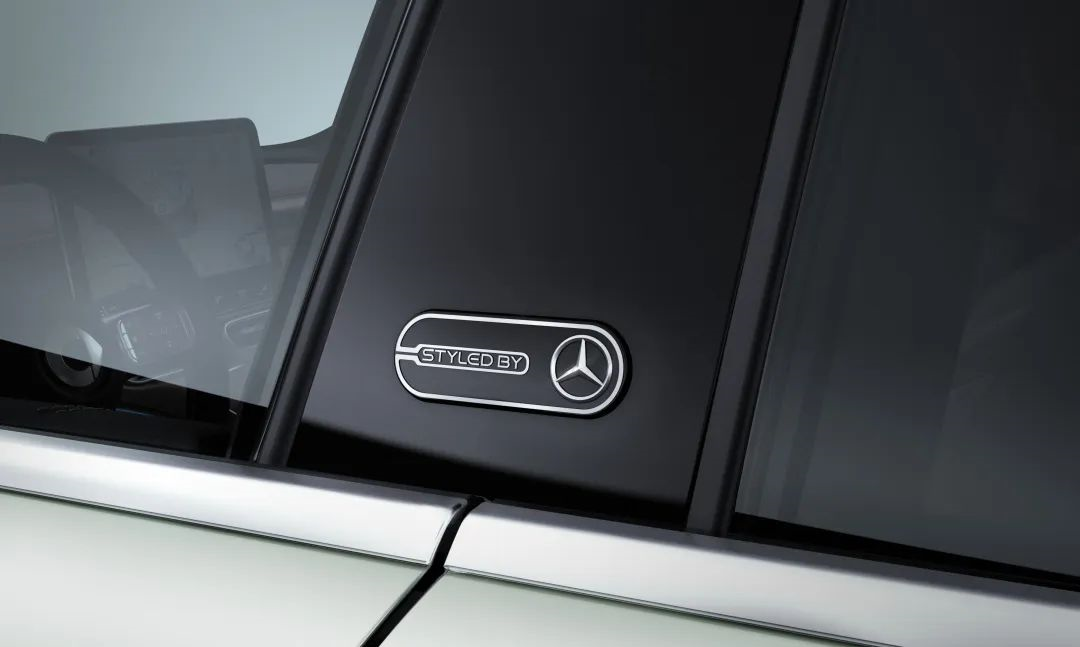 Even Smart Fortwo Electric Drive knows about the Chinese consumers’ unique preference for Mercedes-Benz. It is even emblazoned with the inscription “STYLED BY Benz” on the B-pillar as a reminder that “the car’s design comes from the hands of Mercedes-Benz”. However, to be honest, the current Mercedes-Benz design does not need to inscribe such self-deprecating words on the car. Hanging a Mercedes-Benz logo without those two English words might have a better effect.
Even Smart Fortwo Electric Drive knows about the Chinese consumers’ unique preference for Mercedes-Benz. It is even emblazoned with the inscription “STYLED BY Benz” on the B-pillar as a reminder that “the car’s design comes from the hands of Mercedes-Benz”. However, to be honest, the current Mercedes-Benz design does not need to inscribe such self-deprecating words on the car. Hanging a Mercedes-Benz logo without those two English words might have a better effect.
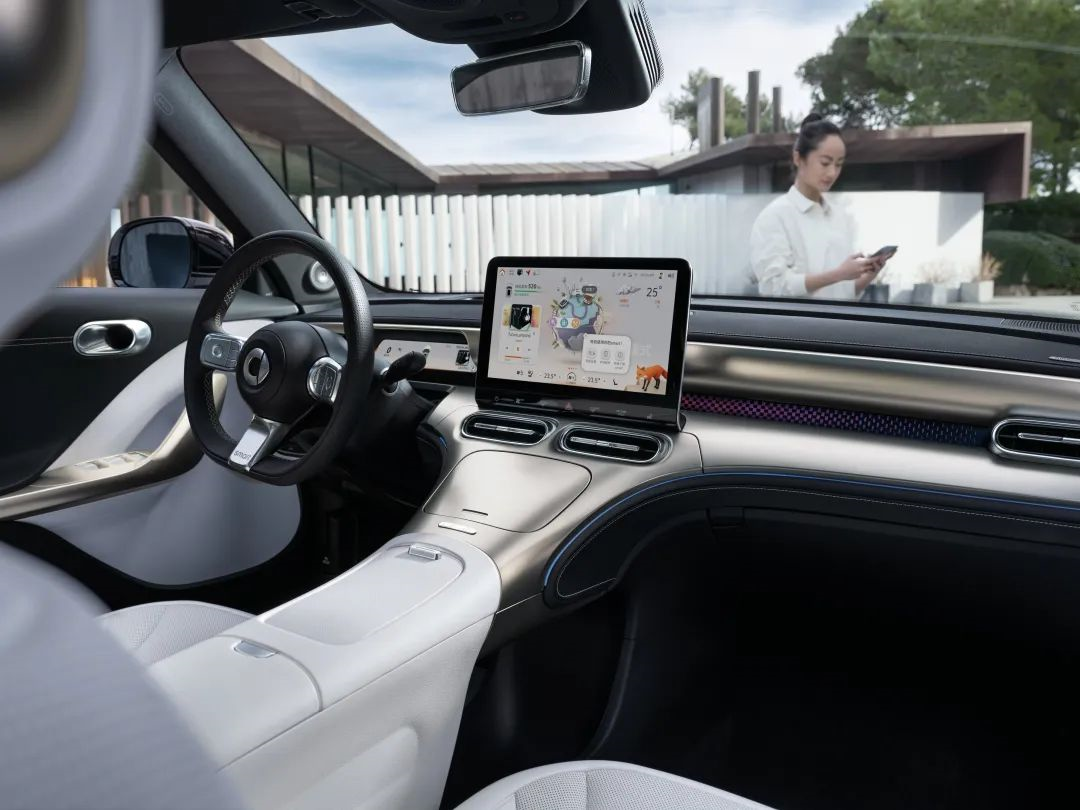
As a high-end pure electric vehicle model, the interior of Smart Fortwo Electric Drive is full of the “flavor” of Mercedes-Benz. The elliptical air vents, floating large screen, and center console armrest area all show the shadow of Mercedes-Benz. However, as a whole, the interior design creates a strong sense of technology and luxury.
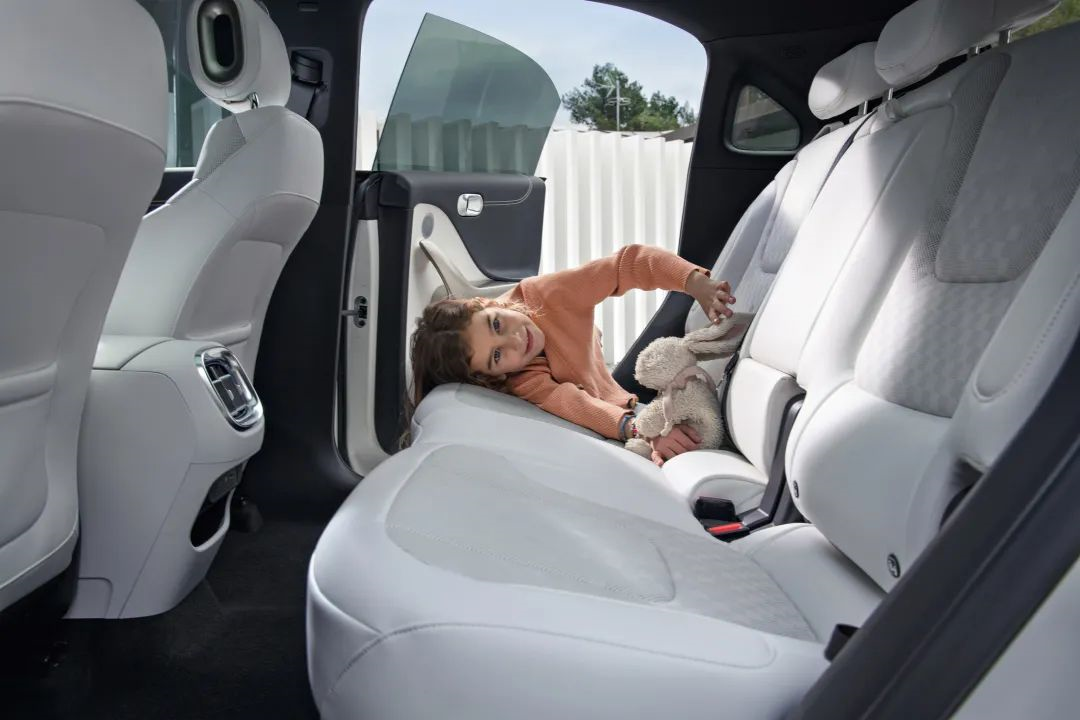
Since Smart Fortwo Electric Drive no longer follows the small but exquisite route, the space of this car has become an important selling point. The length, width, and height of the car are 4290/1910/1698 mm, and the wheelbase is 2750 mm. Thanks to the pure electric platform, the rear space of Smart Fortwo Electric Drive looks quite impressive. From the demonstration video of the press conference, the rear legroom and headroom can rival the current mainstream domestic pure electric compact SUVs like the dolphins and AION Y, and the space performance can be expected.

The previous models of the Smart family were designed for city commutes and thus were not very powerful. Even a 1.0L 71Ps engine was enough to satisfy the driving needs of majority of people. However, this time in the Smart Fortwo Electric Drive, rear-wheel drive configuration has been kept along with a rear-mounted electric motor that generates 272 horsepower, providing an acceleration time of 6.7 seconds and a top speed of 180 km/h. The performance of the previous gasoline-engine Smart models cannot even compare to it.

Regarding the mileage, the Smart Fortwo Electric Drive does not have any surprises. It is equipped with a three-celled lithium battery of 66 kW, capable of covering 535 km and 560 km (CLTC endurance standard), however its actual mileage is estimated to be between 350-500km, which is comparable to mainstream electric vehicles.
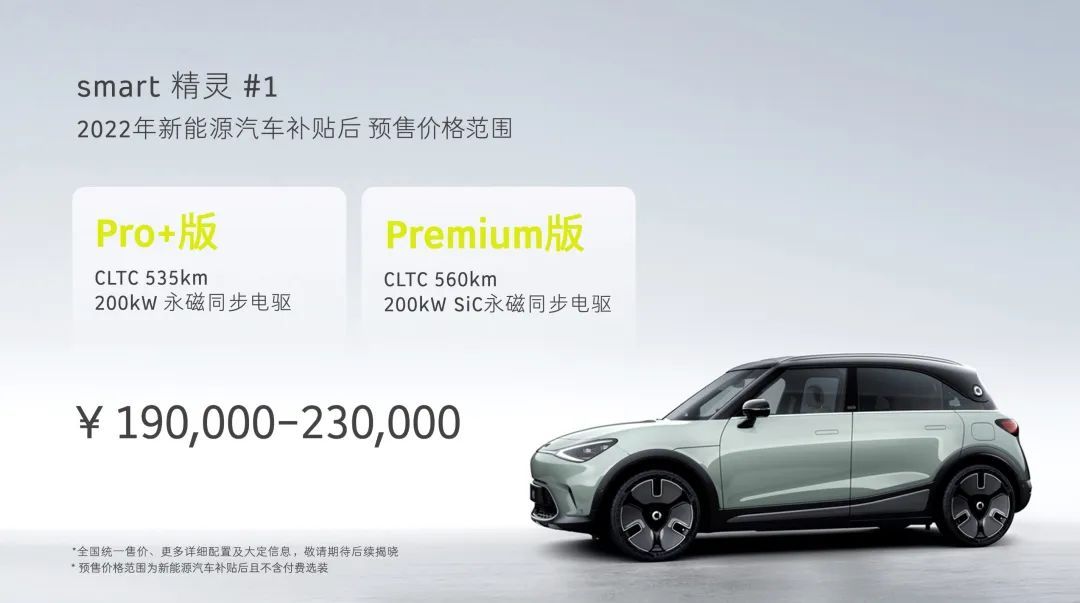
The most frequently discussed topic is the price of the Smart Fortwo Electric Drive. Currently, the official pre-sale prices for the two models are CNY 190,000 and CNY 230,000 respectively. The difference between these two models mainly lies in hardware equipment such as the number of ultrasonic and millimeter-wave radars, the number of speakers, and the size of the rims. There is not much difference in other basic driving assistance and technology equipment, and low-end models are also affordable.
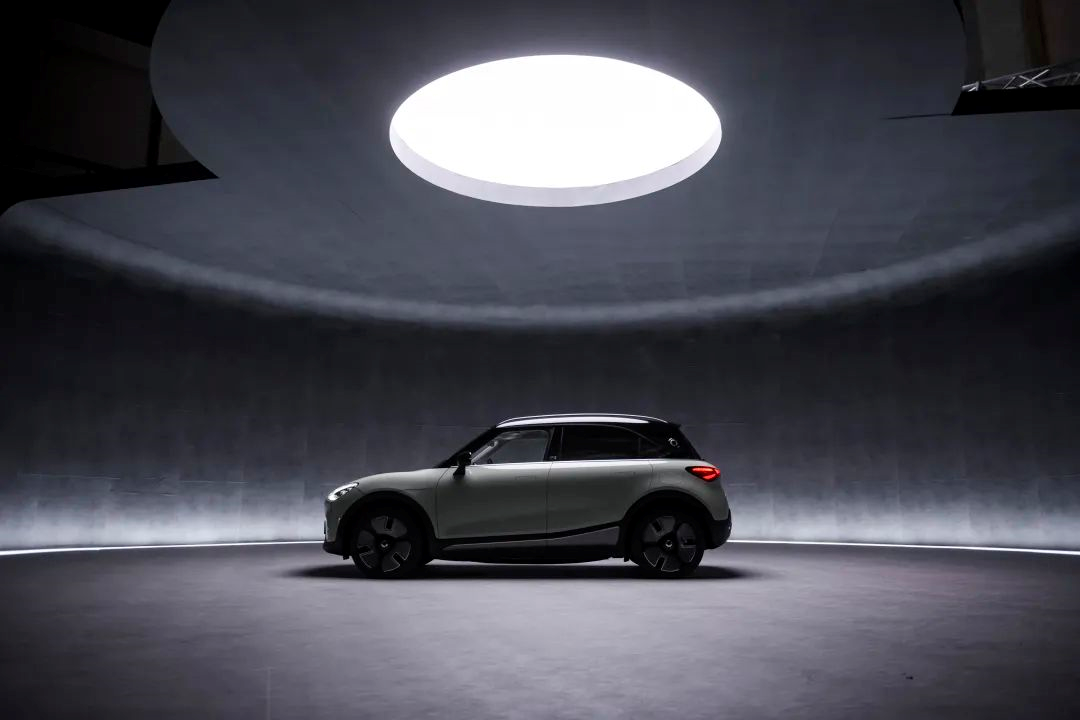
However, even so, Smart Fortwo Electric Drive is still more expensive than other models of the same class, such as the popular Ora Cat (CNY 120,000-160,000), Dolphin (CNY 100,000-130,000), and Guangqi Aion Y (CNY 130,000-190,000). For the same price, one could purchase a Volkswagen ID.4, which has a larger body and provides a comparable driving experience.
Paying CNY 200,000 for a Smart Fortwo Electric Drive, the only thing that comes to my mind is the brand itself. But nowadays, is the Smart brand still worth that price?
This article is a translation by ChatGPT of a Chinese report from 42HOW. If you have any questions about it, please email bd@42how.com.
